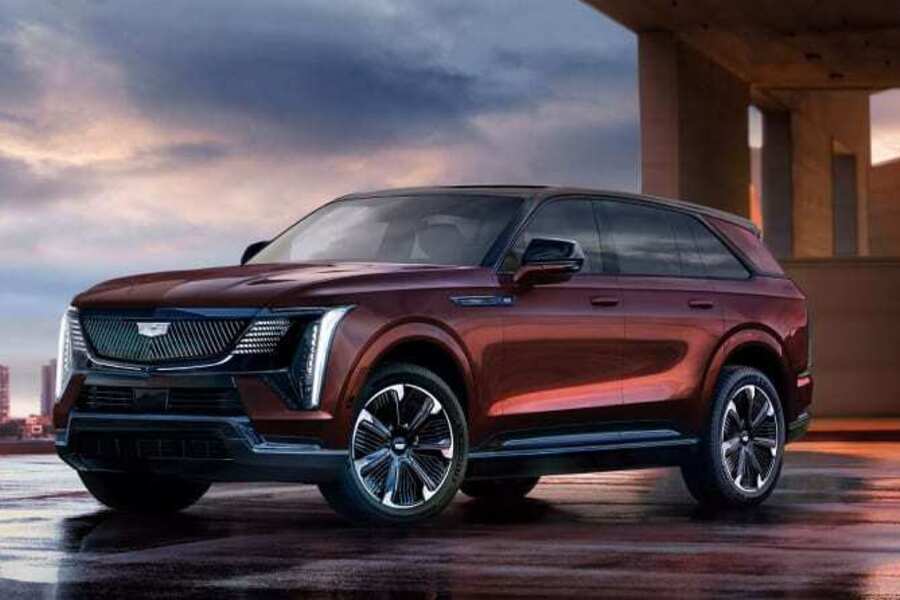Cadillac is making waves in the electric vehicle (EV) market by attracting Tesla owners who are trading in their cars for the brand’s new line of luxury EVs. According to recent reports from CNBC and Jalopnik, Tesla trade-ins now make up roughly 10% of Cadillac’s EV sales, with some models, like the Lyriq, seeing as many as 25% of buyers switching from Tesla. This marks a striking turn of events for Cadillac, which just a decade ago was struggling to define its brand identity.
Once the epitome of American luxury, Cadillac had long been overshadowed by European competitors like BMW, Lexus, and Mercedes-Benz. Its reliance on the Escalade to draw customers highlighted its limited appeal. But the shift to EVs is proving transformative. Cadillac now boasts four fully electric SUVs — the Lyriq, Vistiq, Optiq, and the flagship Escalade IQ — along with the ultra-exclusive Celestiq sedan, priced at an eye-watering $350,000. Unlike other automakers who treat EVs as compliance vehicles, Cadillac has made electrification central to its strategy.
This bet is paying off. Industry analysts say 8 in 10 Cadillac EV buyers are new to the brand, signaling a successful effort to win over luxury car buyers from rivals, especially Tesla. The move is partly due to Tesla’s aging Model S and Model X offerings, which have failed to see major updates and are increasingly seen as outdated. Cadillac’s EVs, by contrast, offer luxurious features like a 33-inch infotainment display, a 19-speaker AKG Studio audio system, and Super Cruise hands-free driving technology, all standard on models like the Lyriq starting at $60,090.
Even the entry-level Optiq at $54,390 is turning heads with up to 302 miles of range and high-end finishes that make it feel anything but entry-level. Elon Musk’s high-profile controversies and polarizing public persona have also made Tesla’s brand less attractive to some buyers, pushing them toward Cadillac’s more traditional luxury appeal.
What’s particularly striking is that these customers aren’t cross-shopping both brands; they’re leaving Tesla outright. Cadillac’s EV sales have seen a significant share of Tesla trade-ins, especially the Lyriq, where 25% of buyers previously owned a Tesla. This demonstrates Cadillac’s strong pull in the luxury EV market at a time when Tesla’s sales momentum has started to slow.
Still, challenges remain. Cadillac’s EVs represent only a small fraction of its total sales, with the gas-powered Escalade still dominating the brand’s numbers. The CT5 luxury sedan holds second place, highlighting that the company’s bread and butter still lies in combustion engines. Meanwhile, the broader EV market faces hurdles such as supply chain disruptions, charging infrastructure gaps, and price concerns that continue to slow adoption.
The luxury EV segment is particularly tough, as buyers increasingly seek more affordable options. For Cadillac, the challenge is to sustain its momentum, expand its lineup, and deliver consistent sales growth — all while continuing to entice customers away from Tesla and other rivals.
Cadillac’s success in attracting Tesla owners highlights the shifting dynamics of the EV landscape. The brand’s embrace of electrification has breathed new life into its lineup, giving it an edge in the battle for luxury EV supremacy. But whether this early success translates into long-term market dominance remains to be seen. Tesla’s loss, it seems, is Cadillac’s gain — at least for now.

